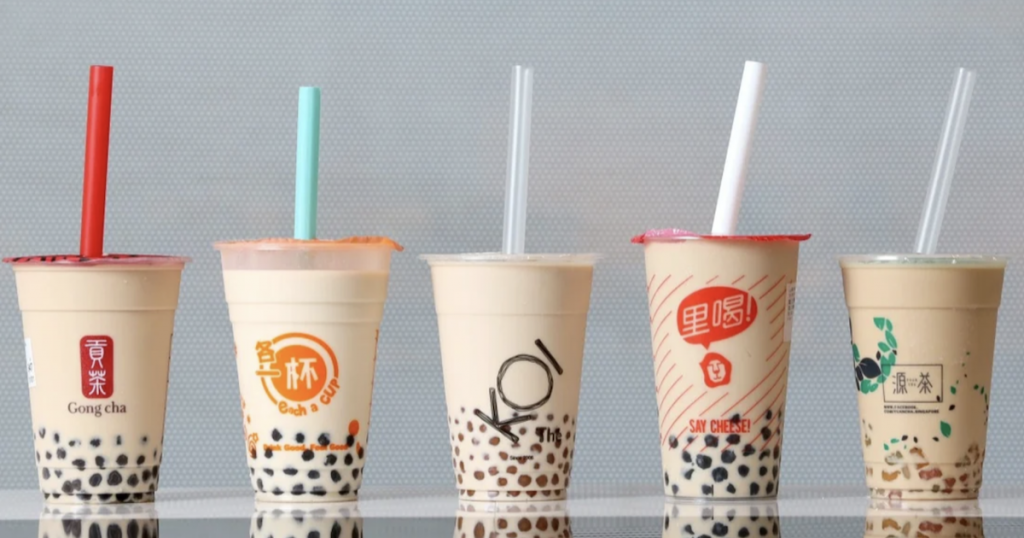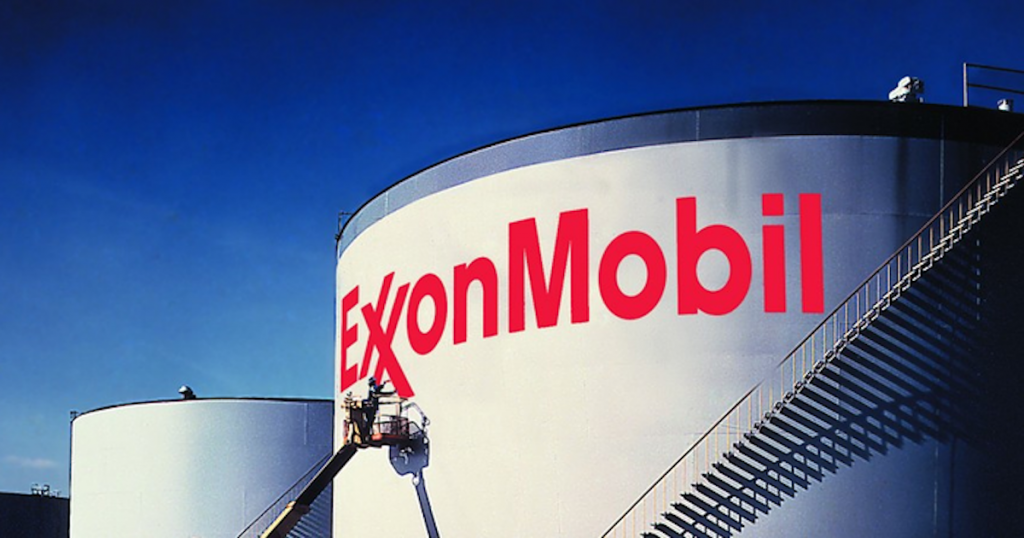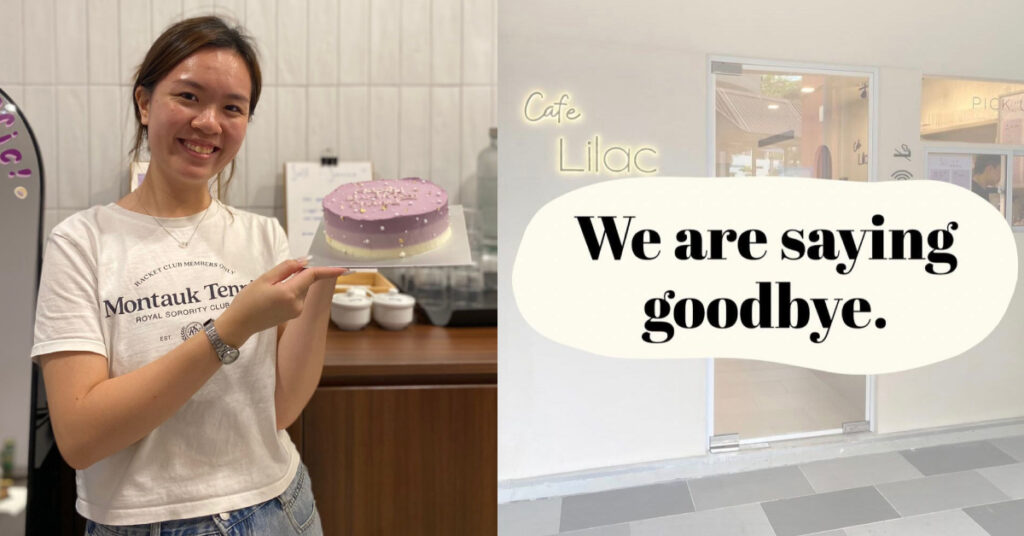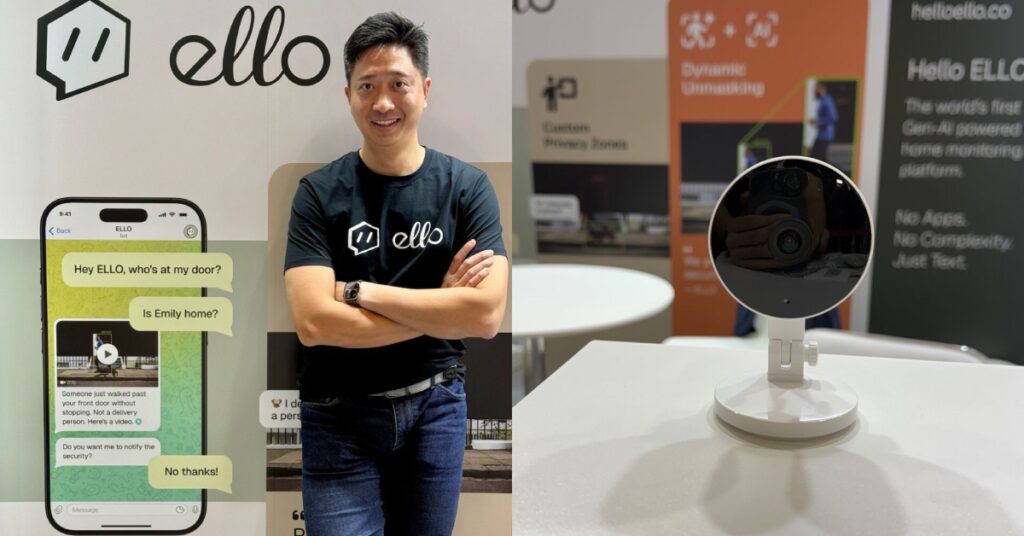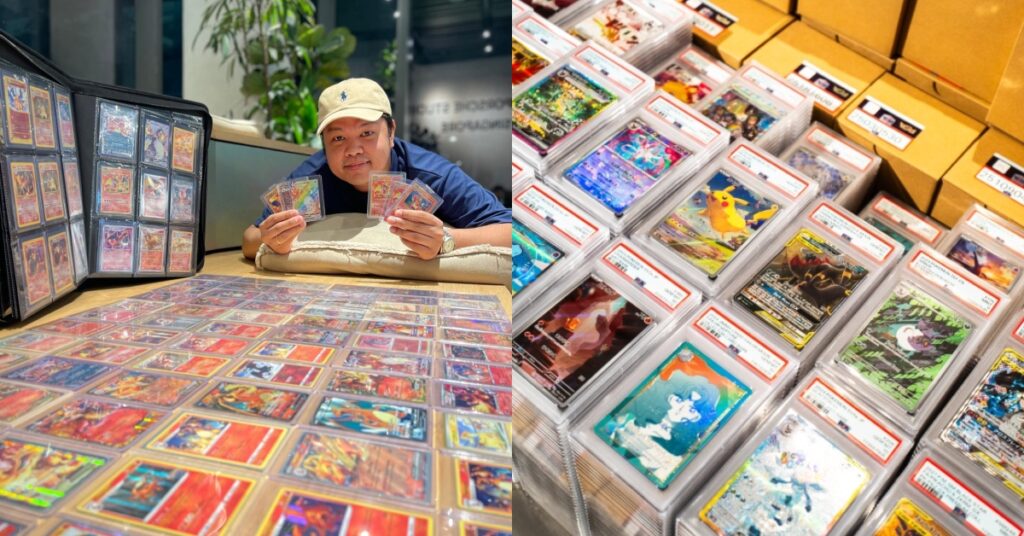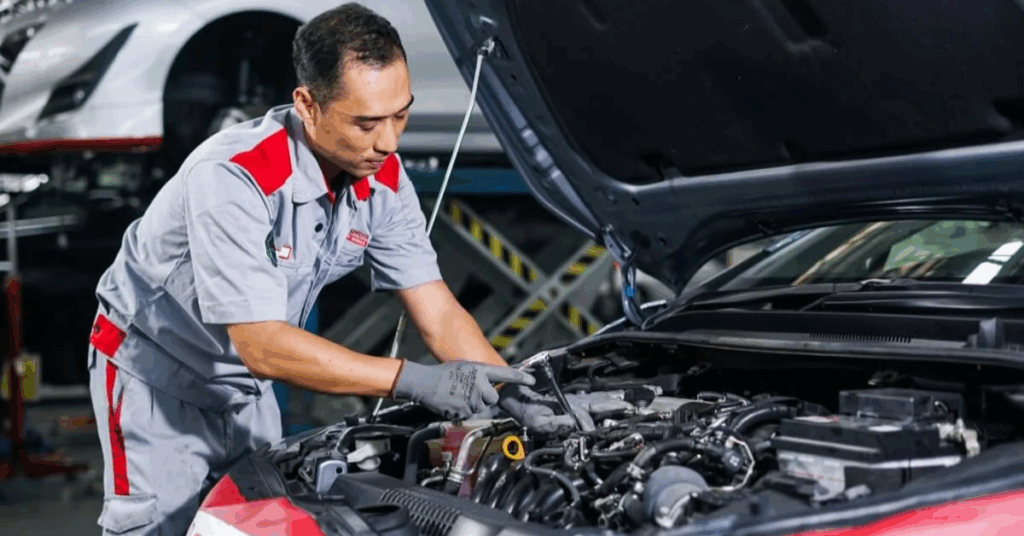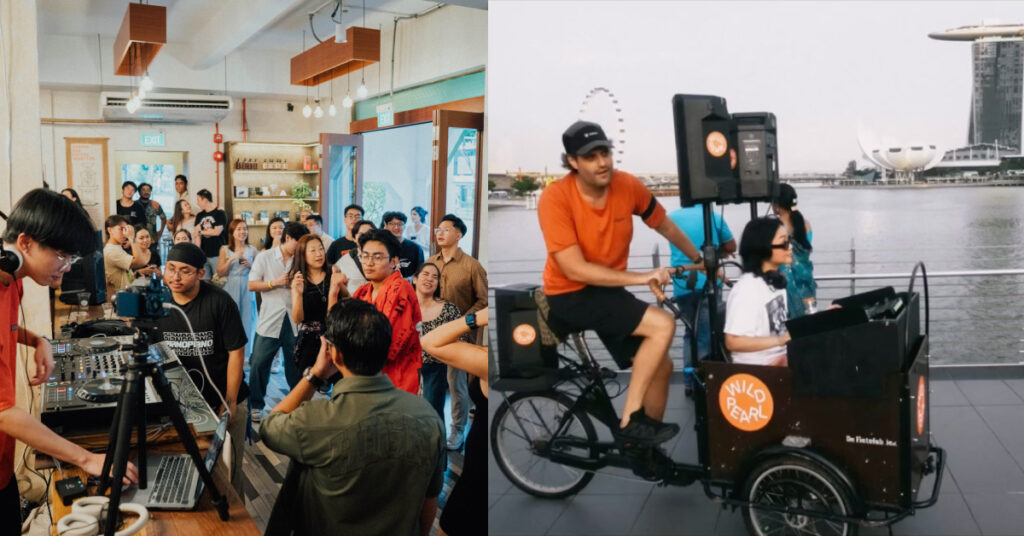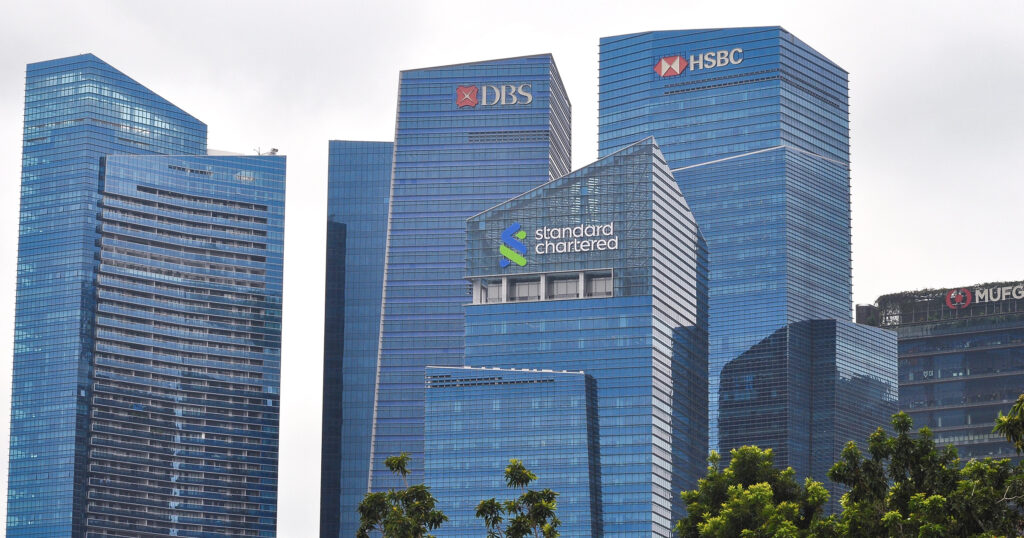Bubble tea is a beloved Taiwan classic, with origins that date all the way back to the 1980s.
The bubble tea craze has not only gripped Asia, but it has also grown to become a global addiction.
According to Fortune Business Insights, the Asia Pacific region holds the largest market share and is expected to grow at a compound annual growth rate (CAGR) of 10.07 per cent by 2027.
It also revealed that the global bubble tea market size was valued at US$2.02 billion in 2019, and is expected to reach US$3.39 billion by 2027.
Zooming In On The Bubble Tea Scene In S’pore
The bubble tea landscape in Singapore has gone through a very interesting boom and bust phase.

First introduced in Singapore in 1992, bubble tea took on a whole different concept back then. Drinks were served in glasses, and sold at dine-in cafes instead of takeaway kiosks.
Bubble Tea Garden in Marina Square was the first entrant to the market and sold flavours like the Yam Shake, Honey Egg Yolk and Whisky Red Tea. Surprisingly, the store was a hit and others scrambled to join the market.
The bubble tea fad peaked from March to October 2001, when shops sold about 800 to 1,000 cups a day.
In 2002, the number of bubble tea shops in Singapore rose to at least 5,000, with many occupying the heartland area and gradually shifting to the takeaway model.
Unfortunately, a surge in demand wasn’t sufficient to keep the business alive, as fierce competition and price cuts eventually led to the death of bubble tea at the end of 2002.
From then till 2004, many shops continued to close down.
However, when Taiwanese bubble tea heavyweights Koi and Gong Cha entered Singapore in 2007 and 2008 respectively, the bubble tea hype saw a resurgence.

For instance, when Taiwanese bubble tea chain The Alley finally landed in Singapore, its outlet at Jewel Changi Airport received a huge fanfare, consistently selling more than 1,000 cups a day.
Bubble Tea Sees Continued Demand Here
Exactly how popular is bubble tea in Singapore?
On Deliveroo, bubble tea is the most popular item in its beverage category, with users ordering 385,000 cups in 2018.
Meanwhile, bubble tea orders on the GrabFood platform has seen more than 700 per cent growth in Singapore from May 2018 to December 2018.

In October 2019, GrabFood even rolled out Singapore’s first-ever bubble tea subscription. Priced at S$9, it allows Grab users to get vouchers that can be used at Gong Cha, LiHo, Woobee and iTea.
The Covid-19 pandemic has also shed a spotlight on Singapore’s obsession with bubble tea.
When the government announced the closure of bubble tea joints during circuit breaker on 21 April 2020, many Singaporeans started queueing that very night to get their last fix.

When bubble tea stores reopened in Phase 2, snaking long queues formed yet again.
It continued to become a hot favourite on food delivery platforms — GrabFood saw 60 per cent higher total bubble tea orders in April last year compared with the previous month.
On Deliveroo, orders for the drink saw a double-digit growth between June and August 2020, compared with April to June.
Who Are The Key Players Now?
According to Statista, Koi, Gong Cha and LiHo had the most number of outlets in Singapore in 2019.

A recent check on their respective websites shows that LiHo has an overwhelming 96 outlets in Singapore, while Koi has 60 and Gong Cha has 31.
It’s interesting to note that LiHo made its debut in Singapore at a time when Gong Cha made its comeback after a temporary exit, and was meant to replace the brand.
At launch, Rodney Tang, general manager of RTG Holdings and the man who brought the Gong Cha franchise to Singapore in 2009, converted more than 30 Gong Cha outlets to LiHo.
Although Koi, Gong Cha and LiHo are dominating the bubble tea landscape in Singapore now, they are increasingly facing stiffer competition as new players emerge.
As of January 2021, local food blog LadyIronChef reported that there are 62 bubble tea brands in Singapore. This number has continued to snowball as new companies continually set up shop here to join the bubble tea revolution.
Regardless, it’s a totally different battlefield now compared to 2011, when Each A Cup and Sweet Talk — which are still around today — used to dominate the market.
What Does It Take To Be Profitable?
A Statista survey that polled Singaporean bubble tea consumers in 2020 revealed that 69 per cent chose taste as their main consideration when purchasing bubble tea, while 61 per cent stated price to be a factor.
The price of bubble tea has significantly risen over the years, almost comparable to a Starbucks drink. In the early days, bubble tea were mostly sold at under S$2 a cup.

Now, the most expensive cup of bubble tea in Singapore is at about S$5 — from brands like Jenjudan, Tiger Sugar and Xing Fu Tang, which specialises in brown sugar bubble tea.
Meanwhile, the cheapest bubble tea in Singapore is from Sweet Talk at only S$2.
When it comes down to the dollars and sense, how lucrative is the bubble tea business?
Gerald Hee, the managing director of Taiwanese chain Jenjudan in Singapore told Business Times that “selling drinks gives the highest profit margin.”
Bubble tea shop operators reported net profit margins ranging from 20 to 30 per cent.
Koi Singapore, for one, turned in a revenue of S$45 million in 2017, and yielded a margin of 23 per cent, according to regulatory filings.
Meanwhile, LiHo told Vulcan Post that it raked in S$30 million in annual revenue that same year.
When it comes to the costs involved to start up a bubble tea business, LiHo said that it includes “equipment and furniture, space rental fee, cost of ingredient, franchise fee, marketing fee and staff salary.”

To be profitable however, Joseph Oh, co-founder of homegrown bubble tea chain Bober Tea, said that it “depends highly on rental and labour costs.”
Goh Chee Cheng of another homegrown bubble tea chain Yuan Cha, echoes his sentiments, agreeing that rental and labour cost take up a very significant part of the business cost.
Seedly estimates that rental fee costs S$3,500 to S$14,500 per month (depending on size and location), while labour costs range between S$5,000 and $8,000 (depending on the number of staffs).
As a benchmark, Benjamin Lim of Woobbee told Business Times that “the cost of goods and labour shouldn’t be higher than 25 per cent of gross revenue”.
“Good location” also plays an important role, said Joseph, adding that brands should source for locations with crowds of a young demographic.
For instance, locations with plenty of schools in the area make a good bet.

Chee Cheng however, holds a different opinion — he feels that the location should be “accessible to a good mix of residential and commercial crowd” instead.
For LiHo, it looks at strategic locations that are compatible with their needs and objectives. In their case, neighbourhood malls is the best option as it caters more towards domestic consumers and have a good balance of competing stores.
It added that depending on the store volume and market, running a bubble tea business is definitely profitable as the industry is still experiencing growth.
To Break Even, It Can Take A Month Or A Year

Bober Tea started in 2017 after Joseph got inspired after traveling to Taiwan and China for a business trip.
Before starting up his own bubble tea shop, Joseph cited several considerations: name and logo of the business, whether he could find the right suppliers overseas to make sure his drinks can win other competitors, and whether to simply franchise or create his own brand.
He invested S$200,000 to set up his first shop, and spent another S$40,000 on R&D efforts. It took him about 12 to 16 months to break even.
“We want to differentiate from other brands (in terms of) the taste and ingredients we use in our drinks,” said Joseph.
Unlike most brands that use flavoured syrups, he claims that Bober Tea uses better milk, matcha, brown sugar, creamer, as well as fresh fruits.
Currently, Bober Tea sells an average of 500 to 700 cups a day.
Commenting on the bubble tea landscape in Singapore, Joseph noted that the industry has a “very low barrier of entry”.
Therefore, bubble tea brands — new and old alike — need to step up their game and “be more innovative to create new drinks combination” to maintain a competitive edge.
LiHo for instance, first launched with the unfamiliar Cheese Tea, but it actually set people talking and sparked curiosity for people to try it out.
“LiHo’s brand awareness kept increasing and naturally leads to sales, and (we hit) breakeven within a month,” said a LiHo spokesperson.

Most recently, LiHo struck a partnership with Red Bull as part of its constant efforts to push boundaries and offer something different.
On February 6, LiHo launched two limited-edition functional fruit teas that was created together with Red Bull.
“We saw the opportunity to create history — to be the first beverage brand to partner with Red Bull here in Singapore and jumped at it.”
“For the purpose of this launch, we kept things exciting and innovative by creating an Instagram filter that lands on how the two brands are there for our consumers’ “moment of need” – whether they are making their way through endless to-do lists at work, burning the midnight oil studying for exams, or getting ready for that extra tough workout.”
The spokesperson added that LiHo focuses on both offline and online aspects of marketing to stay relevant and maintain the relationship with its consumers.
Some Rose, Some Fell Due To Covid-19
Beyond dealing with high rental and labour costs, bubble tea brands now have to contend with the Covid-19 pandemic.
“With the push towards the ‘new normal’, it’s hard to have a clear way forward. The entire retail industry, not just bubble tea, needs to rethink,” said Chee Cheng.
“The bubble tea business isn’t all rosy. Sales have dropped to only 20 per cent due to Covid-19, (and) we are going to close our outlet at UE Bizhub very soon.”
Following the closure, Yuan Cha will have two remaining outlets at Jurong Point and Far East Plaza.
He further lamented that many malls are still asking for “sky-high rental (rates)”, which makes it difficult for SMEs like Yuan Cha to survive.
Regardless, he said that Yuan Cha will do its best to hold on to its other two outlets.
For LiHo, although the closure of standalone bubble tea joints did take a hit on its sales, it did not simply put up a white flag and call it a day.

Instead, it was the first to introduce DIY bubble tea kits to Singapore so bubble tea fans can keep their cravings at bay from home. Each set can make 15 to 20 cups, and retails for S$85.
Additionally, LiHo continued to expand and opened 10 new outlets last year despite Covid-19.
But then, when is the ‘right’ time to exit the bubble tea industry?
Chee Cheng mused that it all depends on the business itself. If brands put in the effort to evolve with time, they are likely to stay in the game for long.
Simply put, businesses need to disrupt, or get disrupted.
Meanwhile, LiHo confidently expressed that it has won the hearts of its consumers over the years and maintained that it will “be around for a while (more)”, but will continually work on exploring growth and change.
The same goes for Bober Tea — Joseph believes that bubble tea is a “long-lasting industry” and does not foresee an exit anytime soon.
In fact, both brands have long-term plans for international expansion and further grow their footprint in Singapore.
A Burgeoning Opportunity
Bubble tea has since become a quintessential drink for Singaporeans, much like coffee and tea.
Many brands are pioneering innovative bubble tea drinks across an extensive market, and they’re even penetrating the food industry.
Traditionally treated as more of a dessert drink because of its sweetness and “chewing” experience, bubble tea has evolved to take on different food forms like seaweed snacks, instant noodles, bread, ice cream, and even hot pot.
As one of the most-frequently consumed beverages, there is clearly a burgeoning opportunity for many entrepreneurs and businesses across the industry.
Featured Image Credit: South China Morning Post


